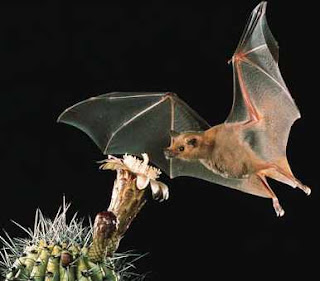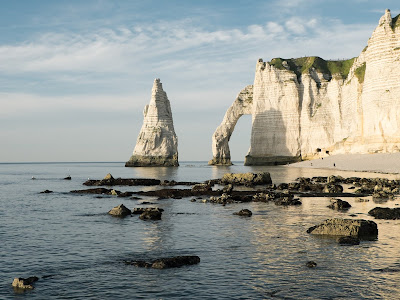Recently our Operations Manager, Arianna Taylor, was asked by Cannabis Business Times magazine to answer a few questions for an upcoming issue. They asked her how to get the best results when using predatory insects for pest control in an IPM (Intergrated Pest Management) program. Here is what Arianna has to say on this subject:
 Why are predatory insects an integral part of an Integrated Pest Management Program?
Why are predatory insects an integral part of an Integrated Pest Management Program?Any good pest control program begins with a well thought out plan; working predatory insects into that program early on can make a big difference. By introducing insects early and establishing strong populations of predators, pest insect numbers can be kept below thresholds therefore preventing excess treatments. Sometimes other treatments are necessary, that is the beauty of IPM. No one thing is going to be good enough to solve the problem. Predatory insects are just one piece of the IPM pie and work congruously with the other mechanisms for pest control. IPM programs have room for multiple modes of action including trapping, mechanical control, predatory insects and if necessary, spraying in moderation.Overuse of certain insecticides can lead to resistance in insect populations. By minimizing chemical input and using predatory insects as a pest control method, insect resistance is avoided and end product testing risks reduced.
 How can I create an environment conducive for optimal insect effectiveness?
How can I create an environment conducive for optimal insect effectiveness?Predatory insects, like many living things, have requirements for living environments. Keeping temperatures and humidity in ranges for predator activity increases effectiveness. Idea temperature and humidity along with the preferred food source promotes maximum predator reproduction rates. Cover cropping can help provide conducive habitats for predator breeding as well as help to control moisture within the soil. The use of compatible or soft insecticides can also keep pest populations under control.
Why is continuity important in a predatory insect program?
Ensuring that predatory insects are thriving can lessen the pest population. By providing good habitats and augmented predator releases, predators can outcompete a pest. A single application of predatory insects will not provide the rate of consumption necessary to compete with rapid pest reproduction rates. Repeated applications on a schedule allows for introduction of additional predators while others transition through life stages. Specialist insects often require additional lead times, so planning is a necessity.
How can I use predatory insects to help control not just plants in the greenhouse, but surrounding foliage and structures to prevent infestation?
When introducing predators as part of an IPM program, it is a requirement to look at the environment as a whole. This includes monitoring and treating the entire area surrounding the growing operation. If the greenhouse, for example, is surrounded by pest laden plants, measures must be taken to prevent those pest from moving into the grow. Clean and clear pathways and walkways, use sprays to knock down or eliminate pests or introduce beneficials in surrounding plants if economic thresholds allow it.
I want to use predatory insects, but I need to spray. What should I consider?
 |
| A ladybug hunting aphids |
As the requirement for final product testing becomes everyday practice, we learn that using chemical inputs during flowering is problematic. It is nearly impossible to ensure that late use of insecticides will not test at levels which prevent the product from going to sale. When using predatory insects in late stages of growth, the need to worry is eliminated.*
*Some labs are testing for foreign matter and Arbico Organics cannot guarantee that leaving insects, in whatever capacity, on the plant will not prevent a result of failing.

If you are unclear as to just how to get going
with our insects, we are available Monday-Friday 8am-5pm Mountain Time (with some holiday-related closures, of course). We have a roomful of consultants who are more than happy to help you work through your options and best practices; just call 800-827-2847. If you have a specific question, you can also shoot Dr. Buglady an email at drbuglady@arbico.com.
Here’s wishing you beautiful tomatoes in all the best colors!
Submitted by Pam & Arianna

















